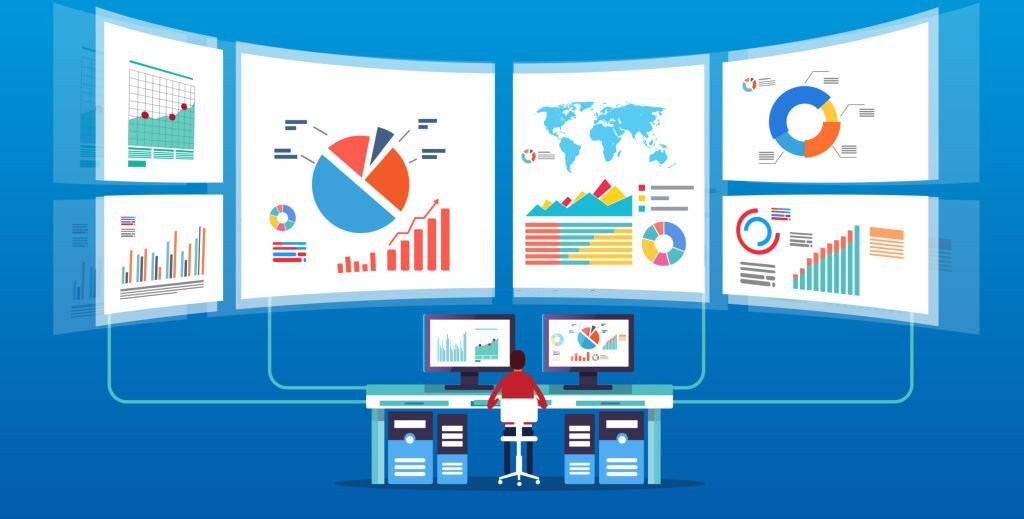How to Leverage EHS Data to get Actionable Insights?

According to Seagate Technology PLC, organizations utilize only 32% of data, and 68% of data goes unused! Imagine the amount of productivity and quality an organization can achieve if they use the maximum percentage of data available.
This safety data stat is just the beginning. There are many fundamental problems in utilizing EHS data to its full potential. Some of the challenges are:
Reliability on Paperwork
Market research in 2020 claimed that 25% of safety professionals’ primary challenge was managing data in paper-based forms. Despite the excellent safety software available, organizations still rely on paper-based data. This is a massive challenge in utilizing the data for preventive or actionable safety actions.
End-to-End Data Integration
It is a wasted resource if an organization implements safety software but does not provide seamless integration and communication from their ground-level staff to their top executives. The team must be able to access the relatable data, track their feedback or complaints and close the open loops of communication.
Confusion of Safety Analysts
Safety analysts are people who see a repetitive trend or pattern and identify the loopholes or success of the system. But safety analysts cannot provide the correct predictions because they do not have access to complete safety data. This access is denied due to unorganized or too much paperwork, not implementing fully integrated safety software, or safety training efficacies of the workers.
These are some of the many challenges organizations face in getting valuable safety data. If you read below, you will know how to leverage data and the wonders the implementation can do.
Steps to Leverage EHS Data to get Actionable Insights
Resolve the Challenges
An organization needs to resolve the above challenges to gain real-time safety data and then put it to use.
A constructor magazine article stated in February 2020 that workers who had access to real-time data, centralized storage, and structured safety management software saved 4.5 hours in their workweek. This was compared to the employees who still had to do the paperwork for maintaining safety data.
Therefore, it is important to ditch paperwork and go digital for amplified data safety benefits.
Real-Time Monitoring of Metrics
When an organization has access to real-time data, the real challenge is to ensure that accident metrics decrease and near-miss reporting is encouraged. Companies often misinterpret that accidents can never happen if the safety metrics are ‘safe’ for a certain period.

But organizations need to realize that the more crucially and regularly they keep track of safety data, the safer they will be. And this can be possible only if there is real-time and regular tracking of safety data.
A company, therefore, needs to emphasize on tracking of safety data, upskilling the workers, and providing proper equipment and wearables.
Update the EHS Data Management System
You will be appalled to know the variety of data insights and metrics an EHS software can provide.
For example, a research team at Carnegie Mellon University recently developed a leading safety indicator analysis that could predict workplace incidents with 85% accuracy.
Therefore, updating the EHS data management program promises excellent financial and operational returns. More algorithms are developed each day to predict and address areas of risk and inefficiency.
That’s All, Folks
Analyzing and converting data analytics to benefit the organization is the need of the hour. With more and more safety guidelines being implemented regularly, it is necessary to ensure that the workplace adheres to all of them. It is crucial to record every little and significant happening in the safety area to reduce future risks and build a safe and secure workplace for every worker!



Nice Blog.